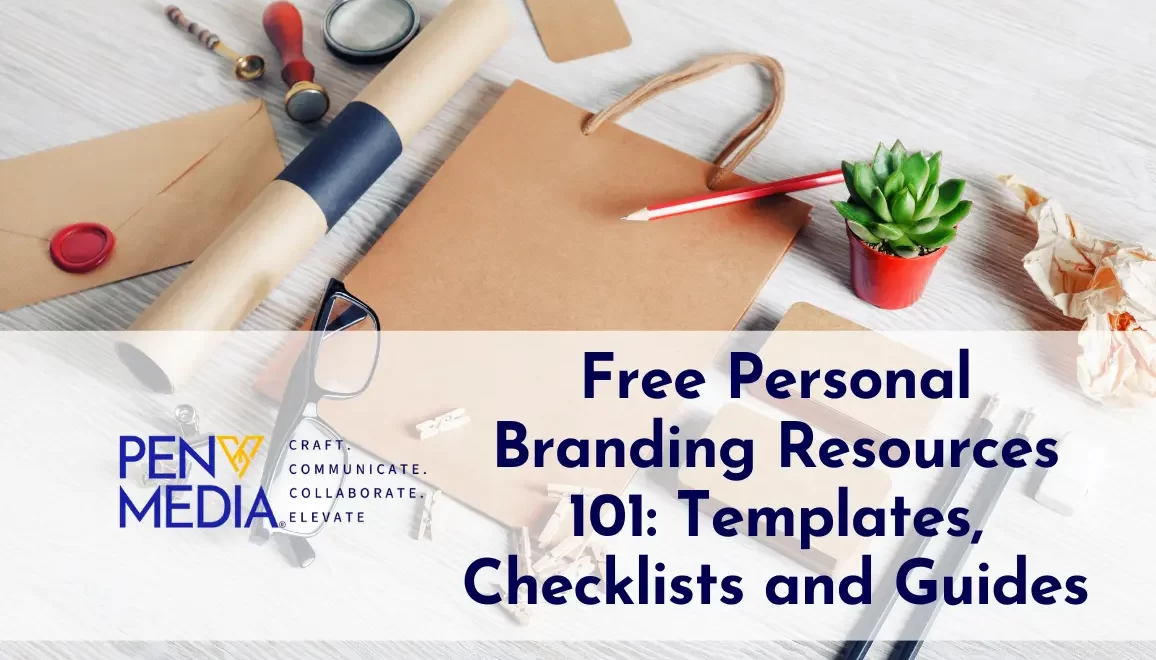Today, personal branding is extremely important. It can set you apart from the crowd. This is true if you’re a freelancer, entrepreneur, or professional looking to advance your career. But, building a personal brand can seem daunting, especially if you’re starting out. Rich resources exist to lead you step-by-step through the process. This blog explores some of the best free personal branding resources. They include templates, checklists, and guides. They will help you build and grow your personal brand well.
1. Personal Branding Templates
Templates are invaluable tools for creating consistent and professional-looking branding materials. Here are some essential templates you can use:
A. Personal Branding Statement Template
A personal branding statement is a concise declaration of who you are, what you do, and what sets you apart. It’s the foundation of your personal brand. Here’s a simple template to get you started:
- Identify Your Audience: Who are you speaking to?
- State Your Expertise: What do you do?
- Highlight Your Unique Value: What makes you different?
Example:
- Audience: “As a marketing professional…”
- Expertise: “…I help small businesses…”
- Unique Value: “…increase their online presence through innovative social media strategies.”
By using this template, you can ensure that your personal branding statement is clear, concise, and impactful. This statement will be the foundation for all your branding efforts. It will guide your messaging and help you stay focused on your unique value proposition.
B. Social Media Profile Template
A well-crafted social media profile can leave a lasting impression. Here’s a basic template to ensure consistency across platforms:
- Profile Picture: Use a high-quality, professional photo.
- Cover Photo: Choose an image that reflects your personal brand.
- Bio: Write a concise and engaging bio that includes your personal branding statement.
- Contact Information: People should have no difficulty in reaching you.
Maintain a consistent and professional look on all your social media profiles. This way, you can create a recognizable personal brand. This consistency helps build trust with your audience and ensures that your brand message is clear and memorable.
C. Content Calendar Template
A content calendar helps you plan and organize your content strategy across different platforms. Here’s a simple template to keep your content consistent and aligned with your brand:
- Date: When will you post?
- Platform: Where will you post?
- Content Type: What type of content will you post (e.g., blog post, social media update, video)?
- Topic: What will you talk about?
- Notes: Any additional details or keywords to include.
Using a content calendar ensures that you stay organized and consistent with your content creation. It allows you to plan ahead. You can align your content with your branding strategy. And, make sure you regularly engage with your audience.
2. Personal Branding Checklists
Checklists are great for ensuring you cover all the necessary steps in building your personal brand. Here are some useful checklists to guide you:
A. Personal Brand Audit Checklist
Before you start building your personal brand, it’s essential to understand your current position. This checklist will help you conduct a comprehensive audit:
- Google Yourself: What appears when you search for your name?
- Social Media Profiles: Are they consistent and up-to-date?
- Website/Blog: Do you have one? Is it aligned with your brand?
- Professional Profiles: Are your LinkedIn and other professional profiles optimized?
- Content: What type of content have you created? Is it consistent with your brand?
Conduct a personal brand audit. It helps you see where you stand and find areas to improve. It gives a baseline. You can use it to measure your progress. It also ensures that all parts of your online presence match your personal brand.
B. Brand Development Checklist
Once you’ve conducted an audit, use this checklist to develop your personal brand:
- Define Your Brand: What are your core values and mission?
- Identify Your Audience: Who are you reaching out to?
- Craft Your Personal Branding Statement: What sets you apart?
- Create Consistent Visuals: Develop a logo, color scheme, and typography.
- Develop a Content Strategy: What is the kind of content you will create and how often will you put it out?
This checklist guides you through the essential steps of defining and developing your personal brand. By stating your values, audience, and unique value proposition clearly, you can create a strong base for your personal brand. This will ensure that all your branding efforts are focused and effective.
C. Brand Maintenance Checklist
Maintaining your personal brand requires ongoing effort. This checklist will help you stay on track:
- Regularly Update Profiles: Ensure all profiles are current and reflect any changes in your career or brand.
- Engage with Your Audience: Respond to comments, messages etc.
- Monitor Your Online Presence: Use tools like Google Alerts to keep track of mentions.
- Review your content often. Adjust your strategy as needed.
- Network and Collaborate: Continuously build relationships and seek collaboration opportunities.
A brand maintenance checklist helps you stay proactive and consistent with your branding efforts. It keeps your online presence up to date and relevant. It helps you build and keep relationships. And, it lets you improve your branding based on data and feedback.
3. Personal Branding Guides
The guides provide deep insights. They also have step-by-step instructions. They will help you build and grow your personal brand. Here are some excellent free guides available online:
A. HubSpot’s Personal Branding Guide
HubSpot offers a detailed personal branding guide. It covers everything from defining your brand to using social media. Key topics include:
- Build Your Personal Brand. Follow steps to find your strengths. Then, create your branding statement.
- Social Media Strategy: Tips on choosing the right platforms and creating engaging content.
- Networking: Advice on building a strong professional network and leveraging it to grow your brand.
This guide gives a full view of personal branding. It offers practical tips to help you build and keep a strong personal brand. Whether you’re just starting out or looking to refine your existing brand, HubSpot’s guide is an invaluable resource.
B. Canva’s Branding Toolkit
Canva provides a full branding toolkit. It includes templates, guides, and tips. They help you create a unified visual identity. Highlights include:
- It is a guide for creating a consistent visual brand. It includes instructions on logo design, color schemes, and typography.
- Social Media Templates: Ready-to-use templates for creating professional social media graphics.
- Content Creation Tips: Guidance on producing high-quality content that aligns with your brand.
Canva’s toolkit is perfect for anyone looking to create a visually appealing and consistent personal brand. The templates and guides make it easy to design professional branding materials. You can use them even if you have limited design experience.
C. LinkedIn’s Guide to Personal Branding
LinkedIn offers a guide for personal branding. It focuses on using the platform for professional growth. Key areas covered are:
- Profile Optimization: Tips for creating a compelling LinkedIn profile that stands out.
- Content Strategy: Advice on sharing content that showcases your expertise and builds your brand.
- Networking: Strategies for connecting with industry leaders and expanding your professional network.
LinkedIn’s guide is very useful. It is for professionals who want to improve their presence on the platform. It gives tips for optimizing your profile. It also covers sharing valuable content and building a strong network.
Additional Free Resources
Beyond templates, checklists, and guides, there are many other free resources. They can help you build your personal brand. Here are a few worth exploring:
A. Webinars and Online Courses
Many platforms offer free webinars and online courses on personal branding. Sites like Coursera, Udemy, and LinkedIn Learning often provide free access to high-quality courses. The courses cover many aspects of personal branding, from social media to personal storytelling.
B. Blogs and Articles
There are countless blogs and articles written by branding experts that offer valuable insights and advice. Websites like Forbes, Entrepreneur, and Medium publish content on personal branding. They write about trends, strategies, and best practices.
C. Free Branding Tools
Several online tools can assist you in building your personal brand for free. Tools like Canva are for design. Hootsuite is for social media management. Google Analytics is for tracking your online presence. They are very useful and often offer free versions with great features.
Conclusion
You must build a strong personal brand. It is an ongoing process. It needs consistency, engagement, and authenticity. With the right resources, you can create a personal brand that sets you apart and helps you achieve your professional goals. The free templates, checklists, and guides highlighted in this blog provide a strong base for your personal branding.
Start by defining your core values and crafting your personal branding statement. Use templates to create consistent and professional-looking branding materials. Checklists will make sure you cover all key steps. They go from conducting a brand audit to developing and keeping your brand. Finally, dive into comprehensive guides to gain in-depth insights and advanced strategies.
By leveraging these free resources, you can build and grow a personal brand that truly reflects who you are and resonates with your audience. Embrace the process, stay true to yourself, and watch your personal brand flourish. Remember, personal branding is not just about pro success. It’s also about self-discovery and growth.



Leave a Comment